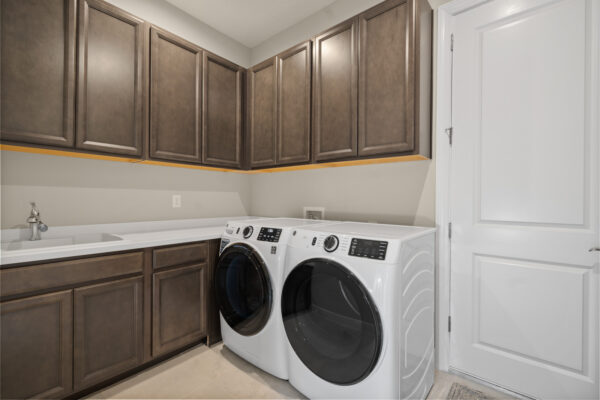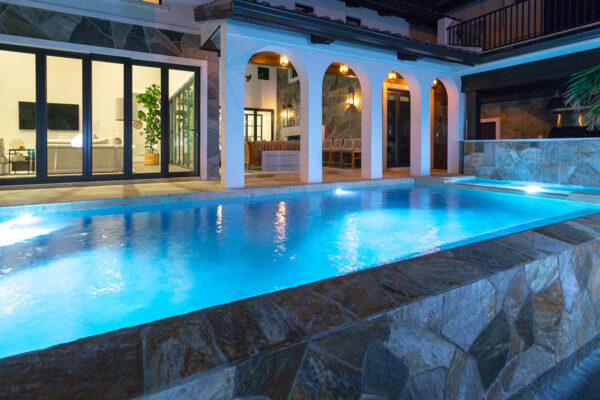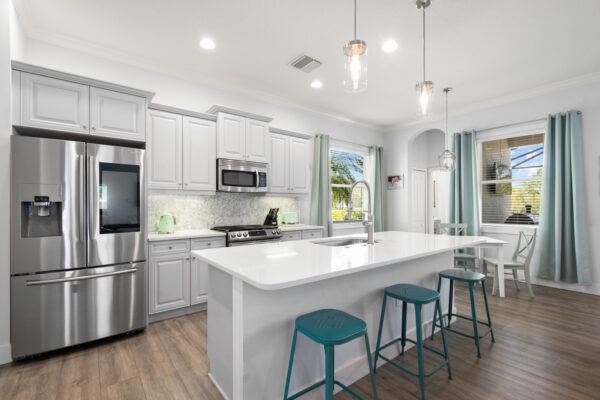Lighting is one of the most important factors in real estate photography. The way a property is lit can greatly affect the way it is perceived in photographs, and can make the difference between an average and outstanding photo. In this article, we will discuss the importance of lighting in real estate photography and provide tips on how to achieve the best lighting for your property photos.
Why is Lighting Important in Real Estate Photography?
Lighting can greatly affect the overall mood and atmosphere of a photo. The right lighting can make a property appear warm and inviting, while the wrong lighting can make it look cold and uninviting. In real estate photography, the goal is to make the property look as appealing as possible to potential buyers. Good lighting can help to achieve this by highlighting the property’s best features and making it appear more spacious.
Different types of lighting can also affect how colors appear in photos. For example, natural daylight can make colors appear more vibrant and true to life, while artificial lighting can cast a yellow or orange tint that distorts the colors. By using the right lighting, you can ensure that the colors in your photos are accurate and appealing to potential buyers.
Tips for Achieving the Best Lighting in Real Estate Photography
-
Use Natural Light Whenever Possible
Natural light is the best option for real estate photography, as it is the most flattering and accurate type of lighting. When shooting a property, try to schedule the photoshoot during the daytime when natural light is at its best. Open all the curtains and blinds to let in as much light as possible, and position the camera to capture the natural light coming in through the windows.
-
Use Artificial Lighting Carefully
If natural light is not sufficient, artificial lighting can be used to supplement it. However, it is important to use artificial lighting carefully to avoid distorting the colors or creating harsh shadows. Use soft, diffused lighting sources like softboxes or umbrella lights to create a gentle, even light that complements the natural light.
-
Avoid Using Flash
Using a camera flash can create harsh, unflattering shadows and distort the colors in the photo. It’s best to avoid using flash whenever possible and rely on natural or artificial lighting instead.
-
Balance the Light in the Room
When photographing a property, it’s important to balance the light in the room to avoid overexposure or underexposure in certain areas. Use a light meter or the camera’s exposure settings to adjust the exposure based on the brightest part of the room, then use reflectors or additional lighting to fill in any dark areas.
-
Consider the Time of Day
The time of day can greatly affect the way a property is lit. In general, the best time to photograph a property is during the golden hour, which is the hour after sunrise or the hour before sunset. During this time, the natural light is soft and warm, which can make the property look more inviting and appealing.
In conclusion, lighting is a crucial element in real estate photography that can greatly affect the overall quality of your photos. By using natural light whenever possible, using artificial lighting carefully, avoiding flash, balancing the light in the room, and considering the time of day, you can achieve the best lighting for your property photos and make them more appealing to potential buyers. With high-quality photos that showcase the property’s best features in the best possible light, you can increase your chances of a successful sale.



